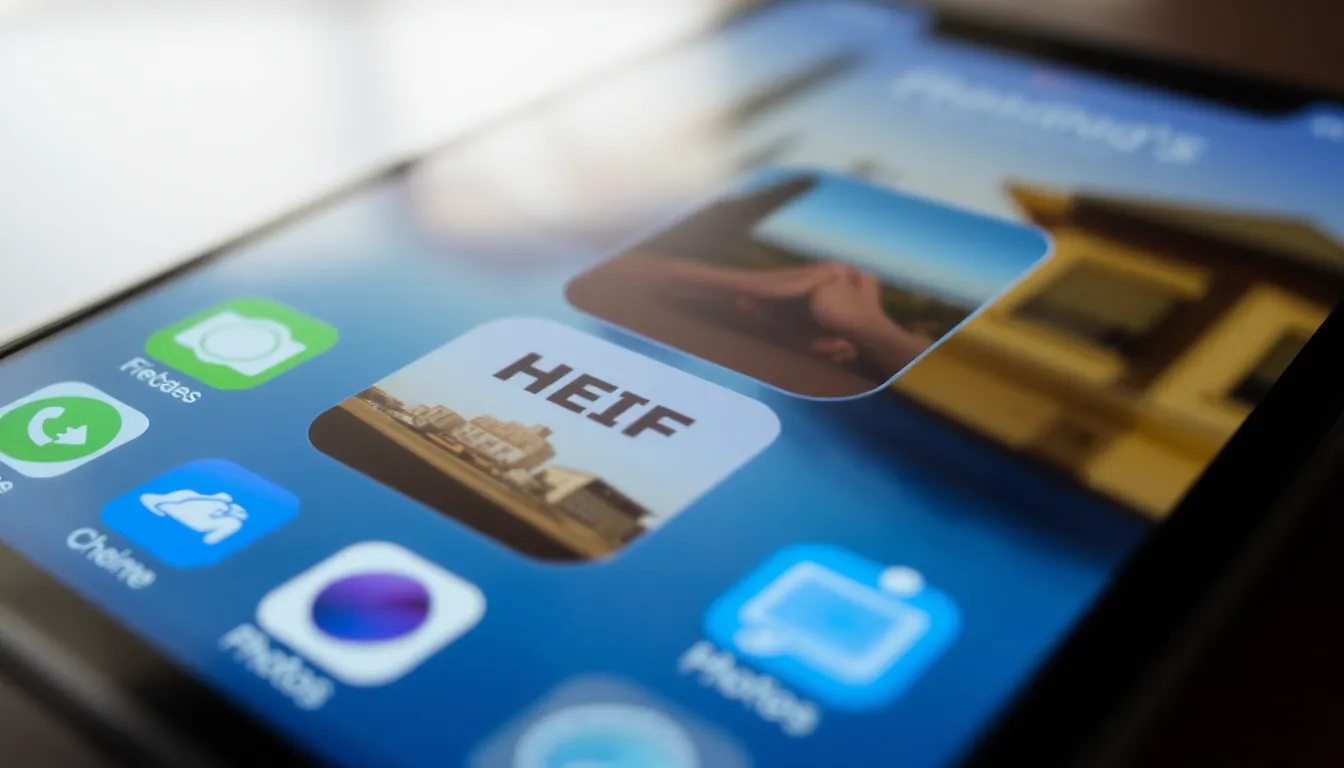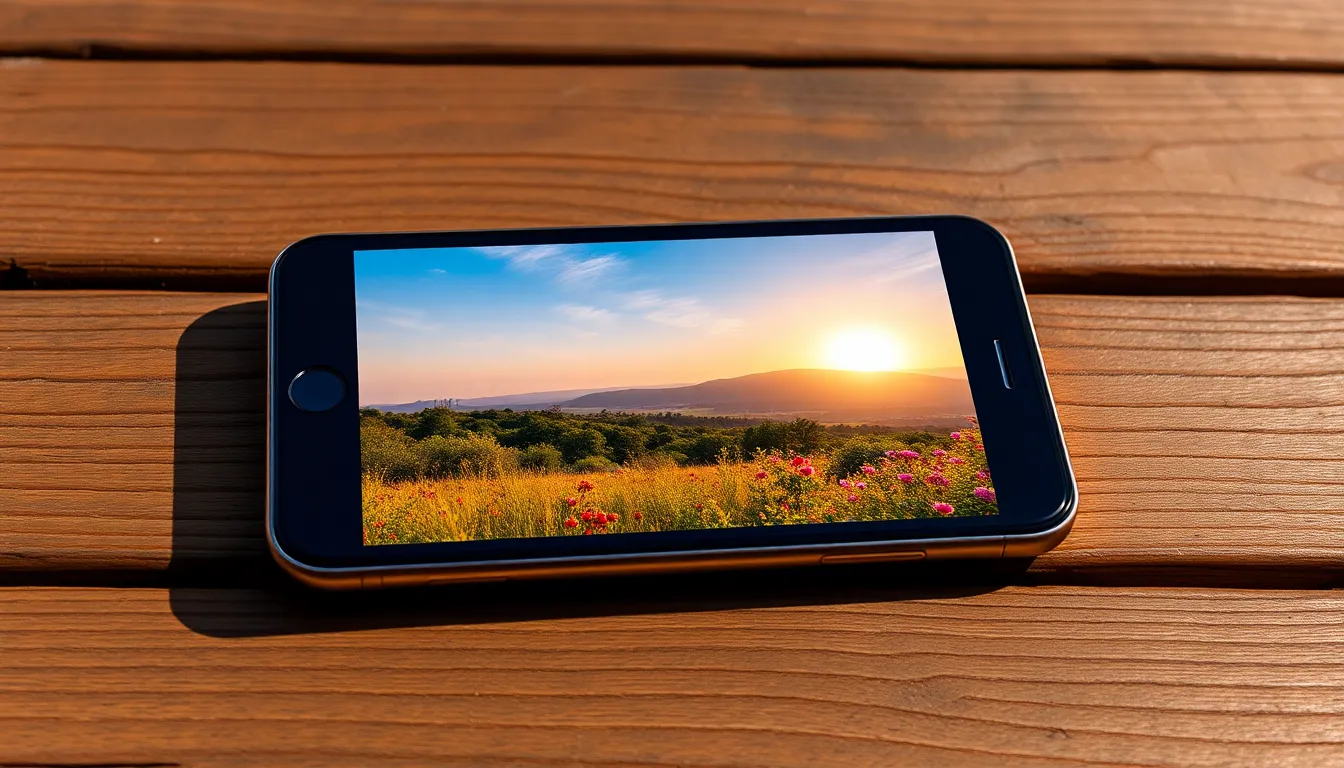Table of Contents
ToggleIf you’ve ever tried sharing photos from your iPhone only to be met with puzzled looks and “What’s a HEIF?” you’re not alone. HEIF files may sound fancy, but they can turn into a real headache when your friends can’t open them. Fear not! Converting those elusive HEIF images to good ol’ JPG is easier than finding a cat video on the internet.
Understanding HEIF and JPG Formats
HEIF and JPG represent two distinct image formats. Understanding their differences is crucial for effective photo management on iPhones.
What Is HEIF?
HEIF stands for High Efficiency Image Format. Introduced in 2015, it compresses images without sacrificing quality. This format supports features like transparency and multiple image sequences, making it suitable for advanced photography. While HEIF files occupy less storage space, compatibility with non-Apple devices can be limited.
Benefits of Using HEIF
Using HEIF brings several advantages. First, it consumes significantly less storage space compared to JPG, saving up to 50% of space while maintaining high image quality. Second, enhanced features like image sequences allow for better support of live photos. HEIF also supports a wider color gamut, enhancing vibrancy in photos.
What Is JPG?
JPG, a widely-used image format, is renowned for its compatibility across devices and platforms. Developed in the early 1990s, the format uses lossy compression. This compression balances image quality and file size, allowing for easy sharing and uploading. Many social media platforms and websites primarily accept JPG, ensuring seamless usage.
Benefits of Using JPG
JPG offers numerous benefits. Its universal compatibility simplifies sharing across various devices and applications. Additionally, the format compresses images effectively, keeping file sizes manageable. JPG images are supported on almost all devices, ensuring easy access. Importantly, this format is ideal for web use, as it loads quickly and maintains an acceptable quality level.
Methods to Change HEIF to JPG on iPhone

Converting HEIF to JPG on an iPhone can streamline sharing photos. Several effective methods exist to accomplish this task.
Using the Photos App
Photos app offers a built-in option for converting HEIF images. Users can select a photo and tap the “Share” icon. From the sharing options, choosing “Save Image” will automatically convert the HEIF file to JPG. The converted JPG will be stored in the camera roll, making it accessible for sharing.
Using Third-Party Applications
Various third-party applications provide straightforward HEIF to JPG conversion. One popular choice is Image Converter, which allows users to import HEIF photos easily. After selecting the desired images, users can opt for JPG as the output format. The app processes the conversion and saves the JPG files directly to the iPhone’s photo library.
Using Online Converters
Online converters serve as another convenient solution for converting HEIF files. Users can visit websites like Zamzar or Convertio. Uploading the HEIF image initiates the conversion process. Once completed, users can download the JPG file directly to their iPhone, simplifying file sharing across platforms.
Additional Tips for Efficient Conversion
Knowing best practices ensures high-quality conversions from HEIF to JPG. Opt for the highest resolution settings when using conversion apps. This approach maintains image clarity and detail, crucial for professional use or printing. Always preview images before finalizing conversions to confirm they meet expectations.
Managing file sizes effectively benefits storage and sharing. Prefer lower resolution settings for web use to speed up uploads without compromising appearance. Compress JPG files using image editing apps to fit sharing requirements, particularly when sending multiple images. Consider utilizing cloud storage services for backup to avoid losing quality during conversions.
Converting HEIF images to JPG on an iPhone is a straightforward process that enhances sharing capabilities. With various methods available users can easily choose the one that best fits their needs. Whether utilizing the built-in Photos app or opting for third-party applications and online converters the transition from HEIF to JPG ensures compatibility across devices and platforms.
By following the tips provided users can maintain image quality while managing file sizes effectively. This not only streamlines the sharing process but also preserves the visual integrity of their photos. Embracing these conversion techniques makes it easier to share cherished memories without the hassle of format issues.



